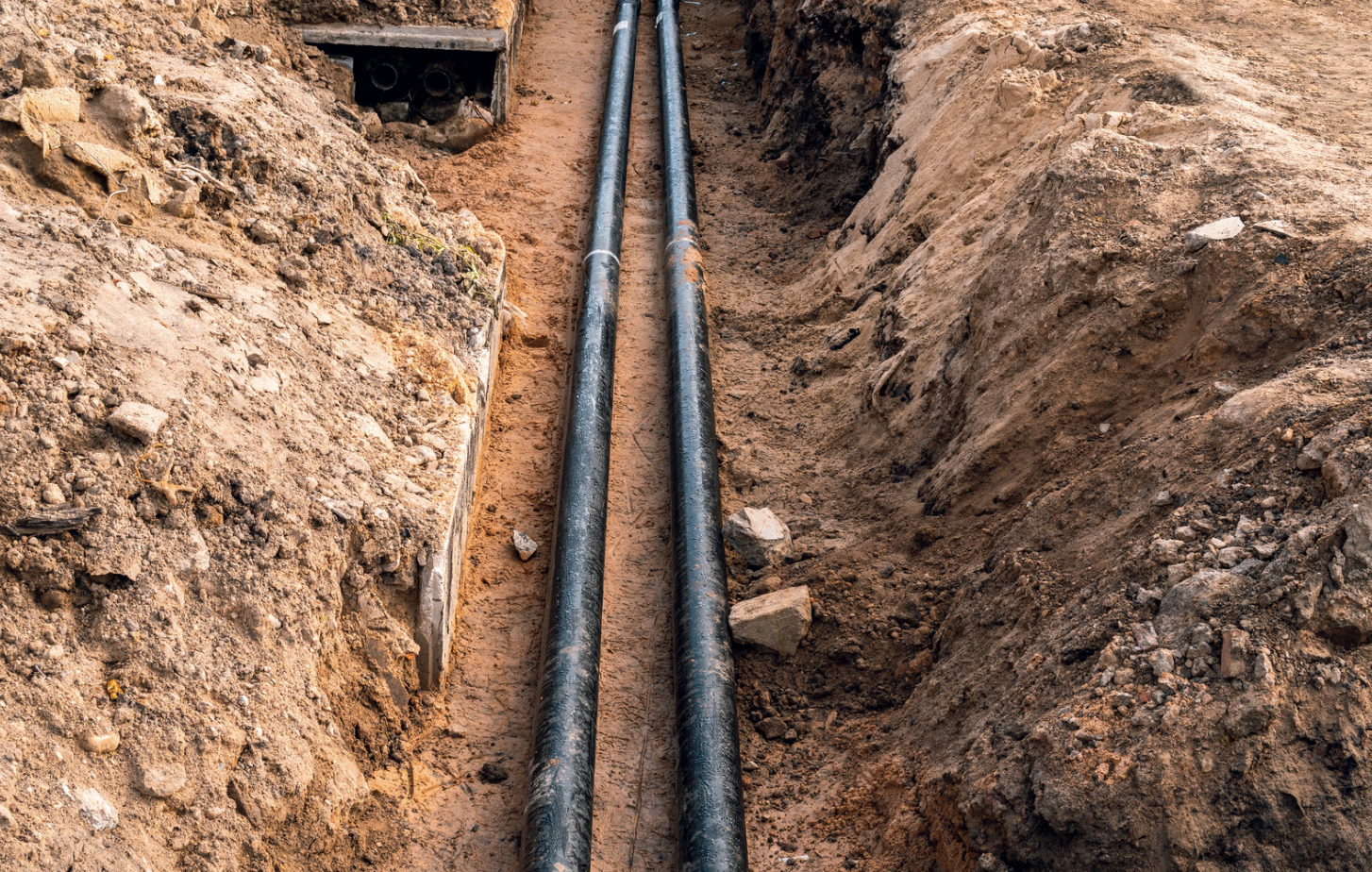In the world beneath our feet, the maintenance of sewer and pipeline systems quietly plays a crucial role in our daily lives.Within this unseen infrastructure, there are many pipe repair methods that stand out. When it comes to the choices that garner the most interest and curiosity, Cured-In-Place Pipe (CIPP) and traditional pipe replacement stand out as the pair that often draws the most attention.
Both methods have their own special role in maintaining these pipes, affecting how reliable and long-lasting they are. We’ll show you why looking after these systems matters, giving you a peek into how both CIPP and traditional pipe replacement work.
Understanding Cured-In-Place Pipe (CIPP)
Cured-In-Place Pipe (CIPP) is a rehabilitation method that doesn’t involve extensive digging. Instead, it uses a trenchless technology that involves inserting a resin-saturated liner into the damaged pipe. Once inside, the liner is inflated and cured, essentially creating a new pipe within the old one. This process saves time and minimizes disruption to surrounding areas, making it an attractive solution for repairing pipes without the need for excavation.
However, CIPP might not be suitable for severely damaged pipes or areas with multiple bends or junctions, limiting its effectiveness in certain scenarios. Despite its limitations, the efficiency, cost-effectiveness, and reduced environmental impact make CIPP a preferred choice for many pipeline rehabilitation projects.
Pipe Replacement Methods
Traditional pipe replacement methods entail the extensive process of excavation or trenching to get access and replace damaged/deteriorated pipes. This method involves digging up the area surrounding the pipeline to remove the old pipes and install new ones, often requiring substantial manpower and heavy machinery.
Despite being a time-intensive and costly approach, traditional replacement becomes the preferred choice when dealing with severely damaged or collapsed pipes, ensuring the long-term durability and reliability of the infrastructure. The advantage lies in the assurance of a completely new system in place, minimizing the risk of recurring issues. However, these benefits come with significant drawbacks, primarily centered around the disruption caused to the environment and surface infrastructure.
Moreover, the higher costs associated with labor, machinery, and material, coupled with extended project durations, make traditional replacement less appealing in comparison to more modern, trenchless methods like CIPP.
CIPP vs. Pipe Replacement
When considering the differences between Cured-In-Place Pipe (CIPP) and traditional pipe replacement, several key factors come into play, guiding the decision-making process.
- Cost Analysis:
Understanding the breakdown of costs for both methods is crucial. While CIPP may appear cost-effective initially due to reduced labor and excavation, variables such as pipe diameter and the extent of damage influence overall expenses. On the other hand, traditional pipe replacement might involve higher upfront costs with excavation but could potentially result in lower long-term maintenance expenses.
- Environmental Impact:
Comparing the environmental effects is pivotal. CIPP minimizes disruption and resource usage significantly compared to traditional excavation methods. With reduced disturbances to the surroundings and lower material utilization, CIPP stands out as a more environmentally friendly option.
- Effectiveness and Longevity:
Assessing the durability and expected lifespan of both methods is essential. CIPP demonstrates competitive durability and an expected lifespan similar to that of traditional pipe replacement. Its advantage lies in scenarios valuing minimal disruption and long-term sustainability.
Which Pipe Repair Method Is Right for You?
Selecting the right method between Cured-In-Place Pipe (CIPP) and traditional pipe replacement hinges on several crucial considerations. Evaluating the condition of existing pipes, budget constraints, and the required timeframe for completion are pivotal factors in making an informed choice. If minimizing disruption and striving for long-term sustainability are priorities, CIPP might prove to be the more favorable option. Conversely, when dealing with severely damaged pipes or specific budget and time constraints, traditional pipe replacement could be the preferred route.
Understanding these key factors empowers decision-makers to choose the most suitable method for their specific situation. Advantage Reline is here to assist in navigating these choices, contact us today.






